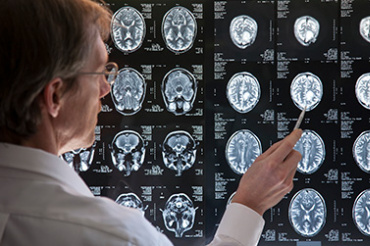Traumatic Brain Injuries Prevention
Image

Definition: Traumatic Brain Injury (TBI) is caused by a blow or jolt to the head which disrupts normal brain function or by a foreign object penetrating the skull. Studies have found that the four most common causes of TBIs are falls, motor vehicle and traffic accidents, struck by/against events, and assaults (Centers for Disease Control and Prevention’s Traumatic Brain Injury in the United States: Emergency Department Visits, Hospitalizations and Deaths 2002-2006 webpage).
Magnitude of the Problem
The CDC estimates that in the U.S. around 1.7 million people sustain a TBI every year. TBI is a contributing factor in almost one third of all injury deaths. In addition:
- Each year nearly half a million (473,947) children between the ages of 0 and 14 are treated in emergency departments for TBI-related injuries;
- TBIs are most commonly sustained by children between the ages of 0 and 4, adolescents between the ages of 15 and 19, and adults age 65 and over; and
- TBI rates are higher for boys than girls.
Prevention
Strategies for preventing TBIs include:
- Ensuring that new parents receive education on the prevention of Shaken Baby Syndrome;
- Installing safety gates on stairs and guards on windows to prevent falls by young children;
- Practicing proper traffic safety, such as wearing a seatbelt and using child safety seats or booster seats for children;
- Providing a soft landing surface below playground equipment;
- Using appropriate protective equipment while engaging in sports (e.g., wearing a helmet while bicycling or snowboarding);
- Providing training to coaches and officials so that they can take steps to prevent sport-related TBIs and can recognize TBIs and respond appropriately when these injuries do occur; and
- Educating parents and young athletes so that they understand the risks and recognize the signs and symptoms of sport-related TBIs.